9 Places Where Selling Your Home Is Near Impossible
This year, selling your property in some cities may be harder than expected. National home sales are down 4.3% since last year, and many markets now have over 8 months of housing inventory, which is far above the healthy 6-month mark. Plus, mortgage rates are stuck above 6.5%, and rising insurance costs are hitting coastal areas hard. No wonder, sellers are cutting prices and waiting months for offers in some regions more than others.
Based on the latest data, here are the top cities where the odds are stacked against home sellers right now.
Miami, Florida
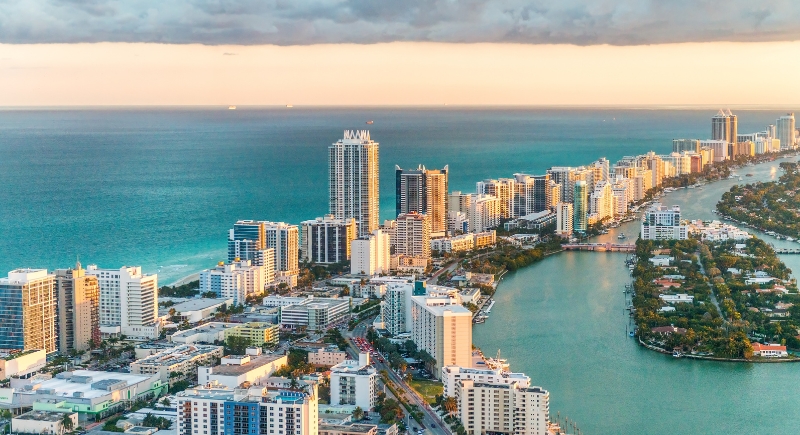
Credit: Canva
If you’re trying to sell a condo in Miami, better pack your patience. The city has over 11 months of housing inventory, thanks to a flood of unsold high-rises. High mortgage rates add to this current problem, and buyers are hesitant to bite. International interest has cooled, too, especially in Brickell and Edgewater.
Key West, Florida
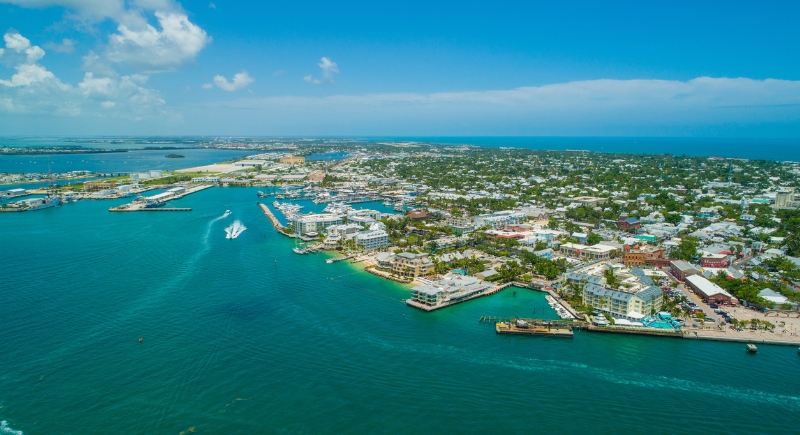
Credit: Getty Images
You’d think a home in Key West would sell itself, right? Not anymore. In February 2025, 83% of homes sold for less than asking. Fewer tourists are turning into buyers, and second-home shoppers are backing off. Sellers now face a tough choice: cut the price or watch the listing gather dust.
Rockport, Texas
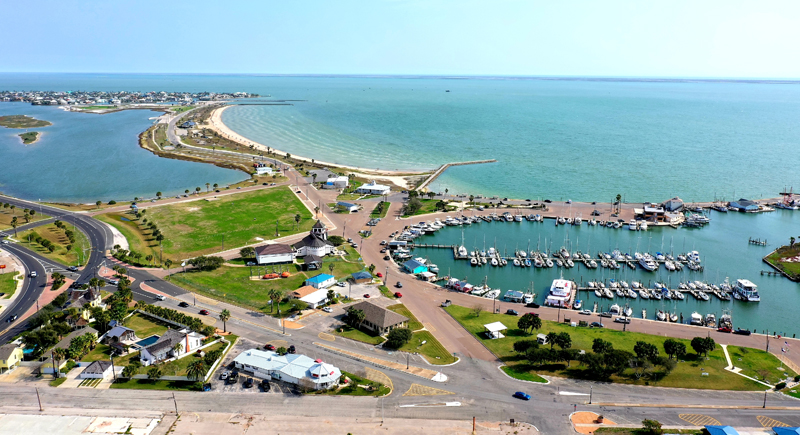
Credit: Wikimedia Commons
A serious price plunge is taking place in Rockport. The median sold price dropped over 25% in a year. Rising insurance costs and fewer vacation home buyers have hit the market hard. Locals aren’t buying, out-of-towners aren’t investing, and sellers are scrambling to make deals work without taking big losses.
Port Lavaca, Texas
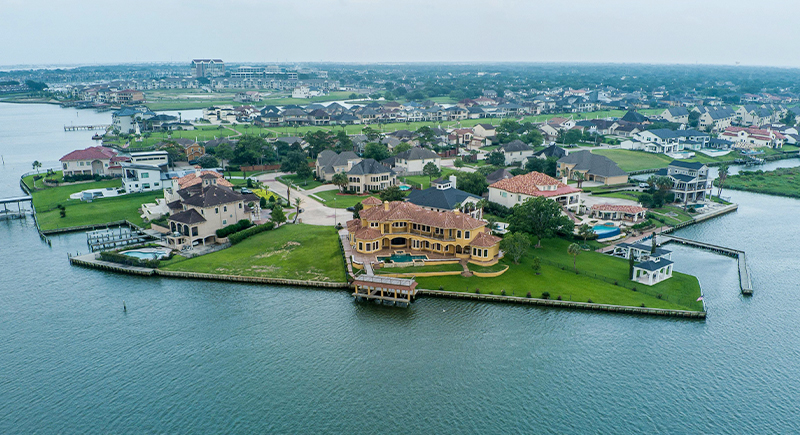
Credit: pexels
The story in Port Lavaca may sound both dramatic and frustrating. Prices slipped 8.3% in a year, and homes are sitting longer than usual. It’s not a crash, but the demand just isn’t there. Buyers are becoming picky, and higher interest rates have made budget-conscious shoppers even more cautious.
Forrest City, Arkansas
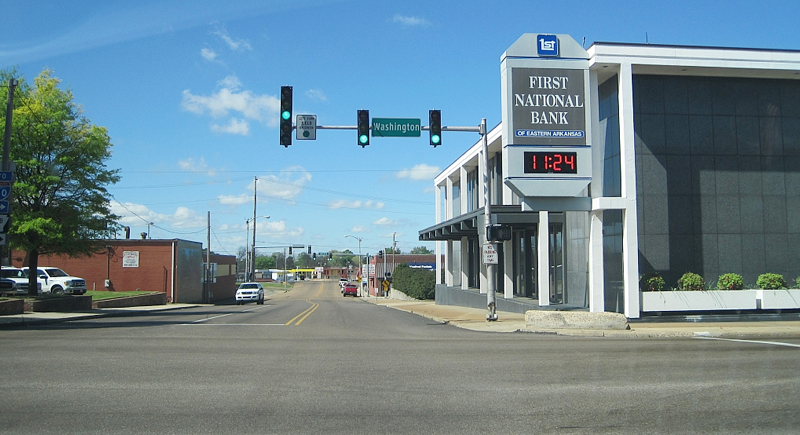
Credit: Wikimedia Commons
Homes here are cheap—like, really cheap. But that’s not great news if you’re trying to sell. The median list price is down to $99,000, almost 40% less than last year. Fewer local jobs and tough lending conditions mean fewer buyers. It’s a waiting game, and sellers aren’t winning.
New Orleans, Louisiana
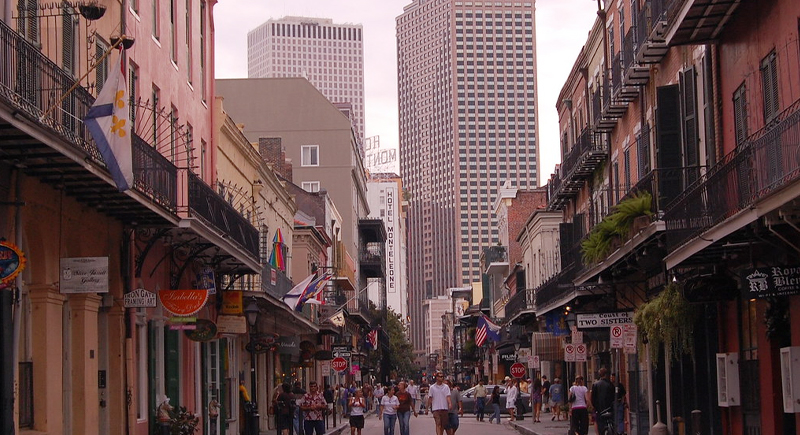
Credit: flickr
Hope you’ve got good insurance if you’re trying to sell in New Orleans. Sky-high premiums are scaring off buyers, and many homes are sitting unsold for months. Plus, with the rising interest rates, everyone’s becoming more cautious. Even charming old houses in the Garden District aren’t moving like they used to.
Crestview, Florida
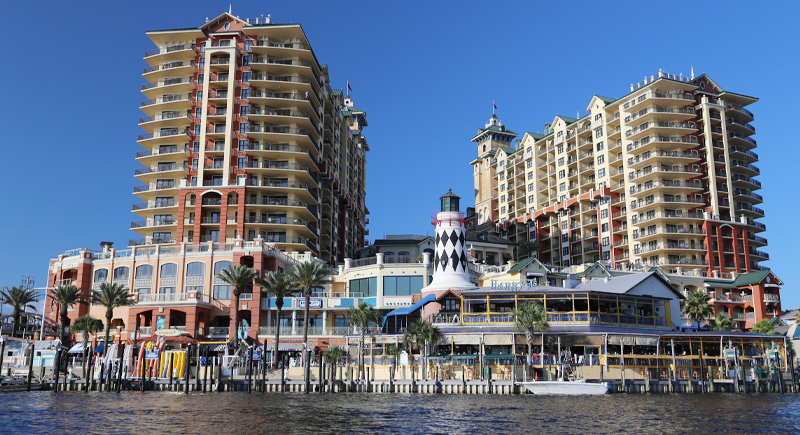
Credit: Wikimedia Commons
The market in this region didn’t crash, but just sort of hit the brakes. Prices dropped by 3% year-over-year, and homes are taking longer to move. While it may not come off as terrible on paper, in a market where sellers used to call the shots, the shift is obvious. Buyers are now taking their sweet time to reciprocate accordingly.
Waco, Texas

Credit: Wikimedia Commons
The median home price in Waco in March 2025 was $255,000, which means it’s not as affordable as it may seem. The prices have gone down slightly from last year, but buyers aren’t convinced it’s worth it. The buzz from the Fixer Upper era has faded, and now sellers are stuck between high interest rates and low offers.
Naples, Florida
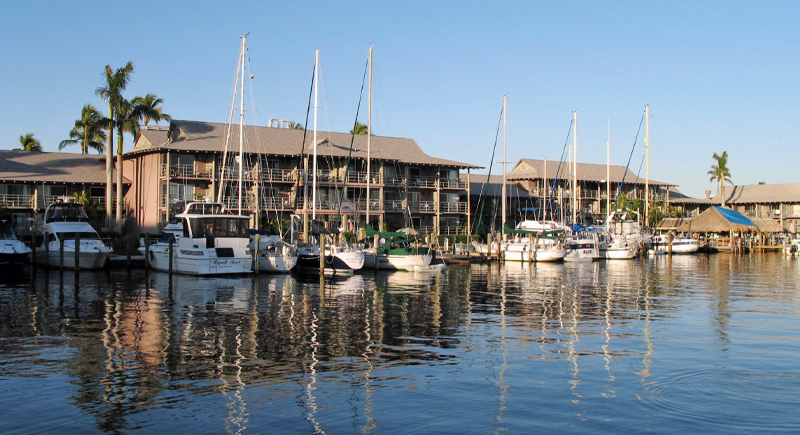
Credit: Wikimedia Commons
Naples saw a serious inventory surge in January 2025, and that’s putting pressure on sellers. The luxury market is especially tough, with increased insurance costs. Yet, the demand isn’t keeping pace. Homes are staying on the market for a longer time.
Charlotte, North Carolina
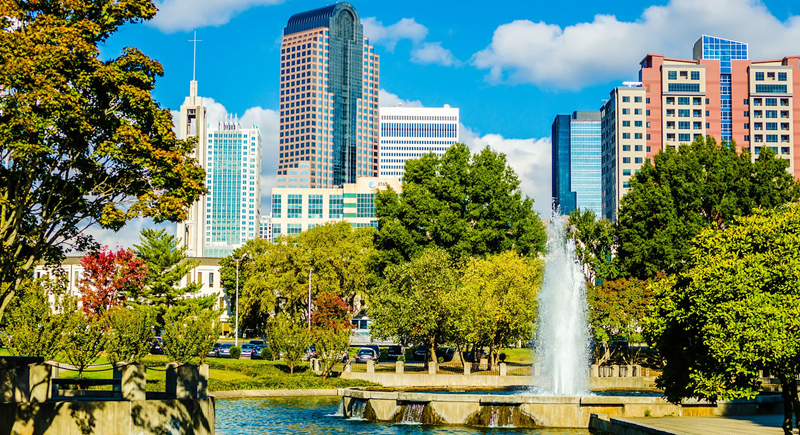
Credit: flickr
Charlotte used to be a budget-friendly hotspot, but those dynamics are changing. Home prices are now about $5,000 over the national median, and buyers are pulling back. This is causing inventory to rise and affordability to compromise further.
Washington, D.C.
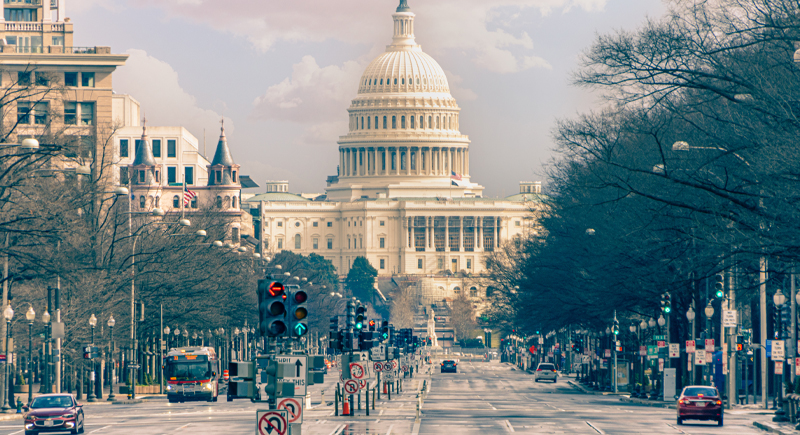
Credit: Wikimedia Commons
Uncertainty is the name of the game in the capital. Federal job cuts and economic jitters have made buyers cautious. Homes aren’t flying off the market like they used to. The listings are sitting idle even in popular neighborhoods like Capitol Hill.
Atlanta Suburbs, Georgia
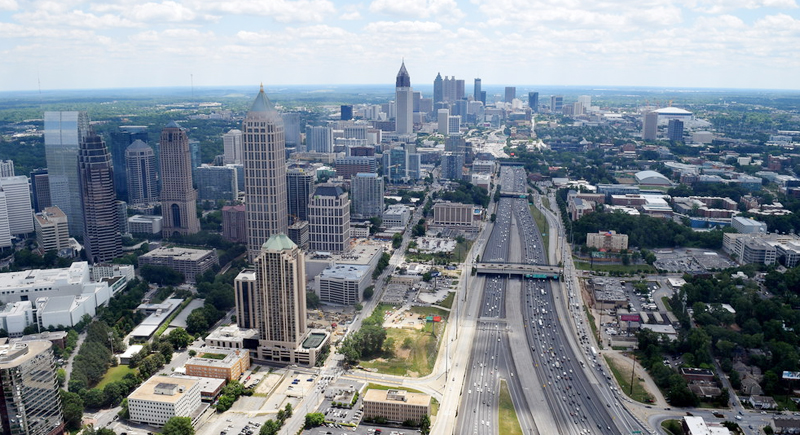
Credit: flickr
If your home’s outside the Atlanta core, you’ve got lots of company, which makes your property even more difficult to sell. Suburban inventory is growing fast in 2025. Higher interest rates are stalling first-time buyers, and remote work trends are shifting again. It’s no longer a guaranteed win, even in hot areas like Alpharetta or Marietta.
San Francisco, California

Credit: Wikimedia Commons
Tossing your San Francisco property may feel like solving a puzzle with half the pieces missing. High construction costs and intense community opposition to new builds have slowed down the market. Other factors include steep home prices and fewer tech buyers.
Austin, Texas

Credit: Wikimedia Commons
Experts predict home prices will fall 12.5% over the next three years, and buyers know it. That’s one of the reasons why Austin’s market is no longer riding that post-pandemic high. These factors have led to hesitation and longer listing times.
Cape Coral–Fort Myers, Florida
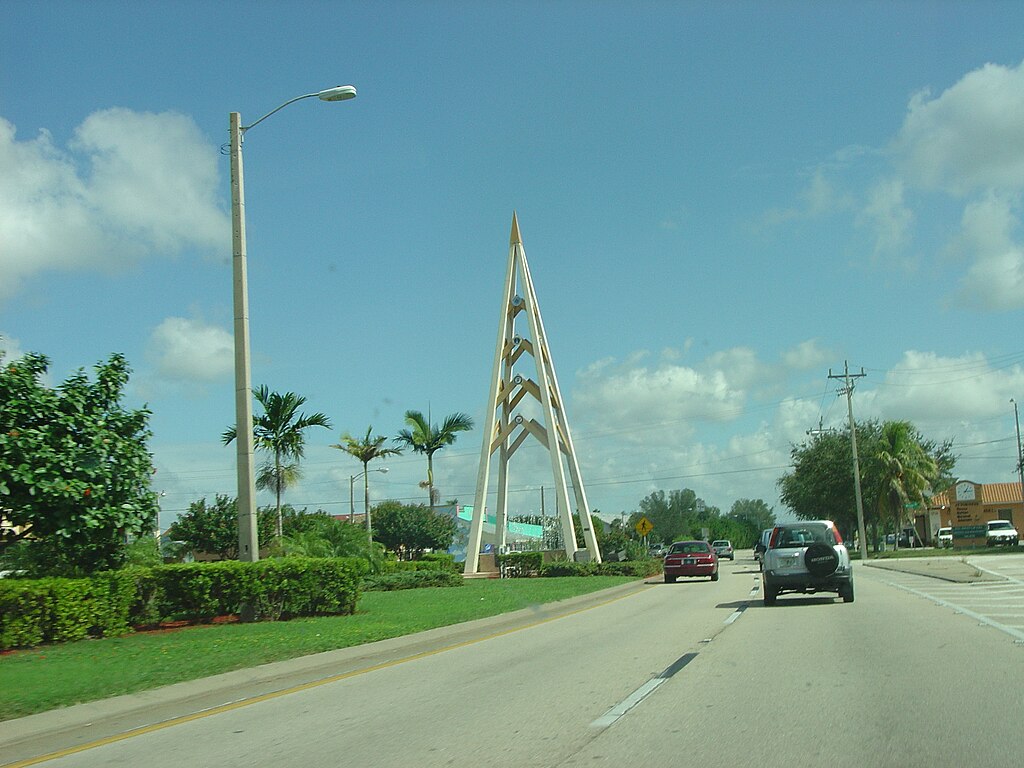
Credit: Wikimedia Commons
Cape Coral–Fort Myers is experiencing a significant slowdown in home sales. High inventory levels and increased risks of property damage from climate events have led to a noticeable correction in the market. Despite ample listings, buyer demand remains low, making it challenging for sellers to close deals.
San Antonio–New Braunfels, Texas
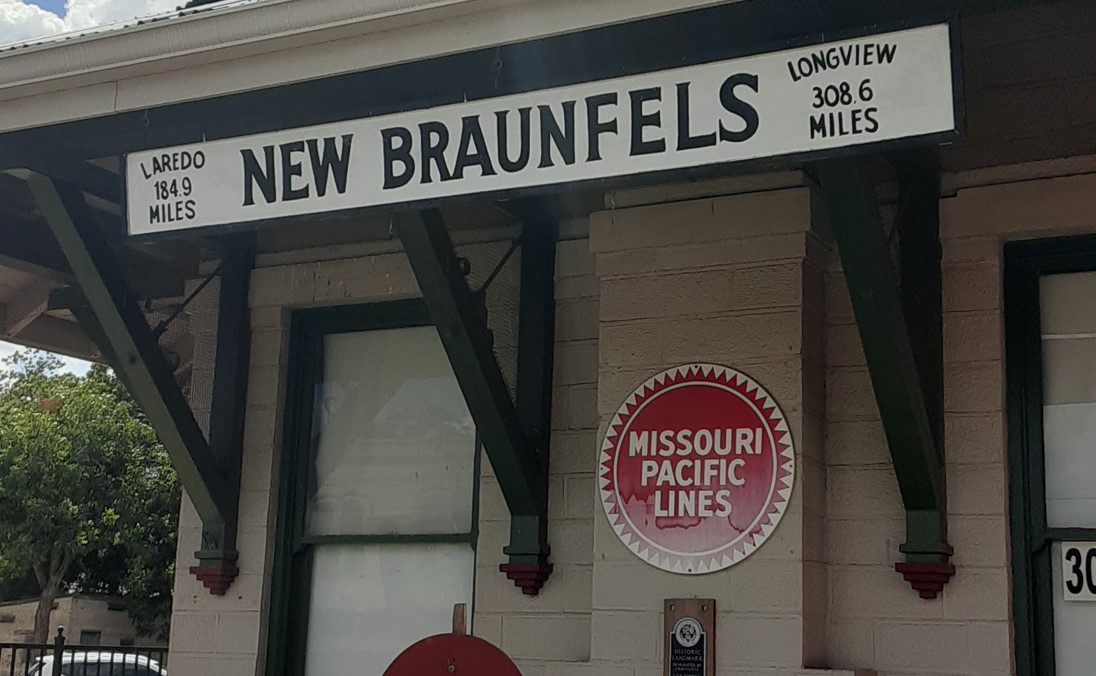
Credit: Wikimedia Commons
Once a booming market, San Antonio–New Braunfels now faces a surplus of homes for sale, with inventory levels 46.6% higher than pre-pandemic figures. While prices have only modestly increased, the abundance of listings has thinned out buyer interest, leading to longer selling times and more price reductions.